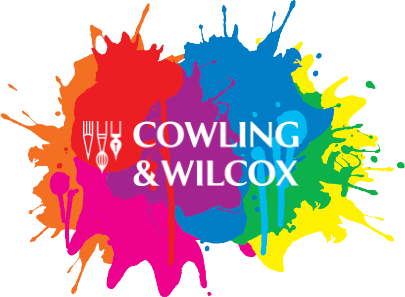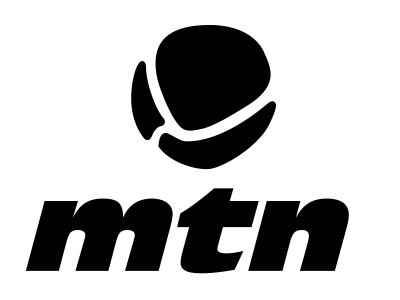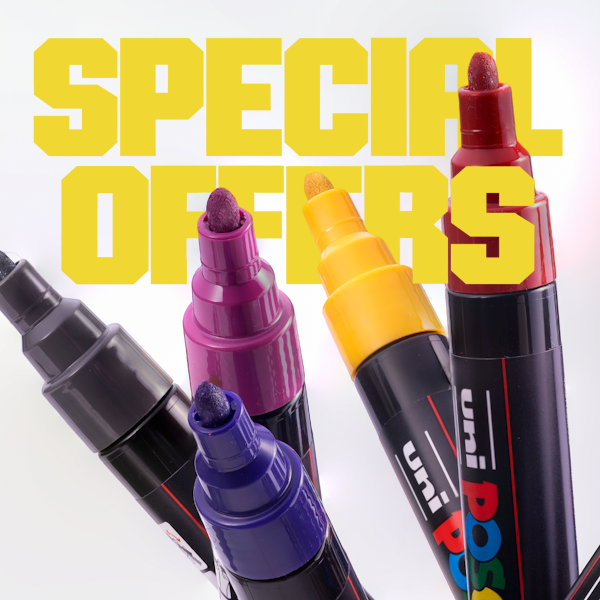Our Featured Artist this week is the marvellous Sophie Parr, whose contemporary take on traditional landscapes is quite extraordinary. We’re big fans! Read on for our Q&A.

How did you get started as an artist?
Art was the only thing that I really wanted to do at school and I followed the same process as many, which was to do an Art Foundation course. I then studied for a BA in Fine Art at Cheltenham College of Art. I’m now an Art teacher and Mum so work when I can fit it in.
What inspires you to be creative?
like to capture what I see, feel and experience; the layers in the landscape, colour, texture, reflections, and movement are elements that continually excite and inspire me to record.
How would you describe your creative process?
I start by drawing from observation, I need to experience the elements I feel as well as see in order to achieve expressive, honest drawings. I draw and paint with watercolours until I get enough information with the potential to develop into paintings back in the studio.
What is your favourite medium to work in and why?
I like to use lots of different media. I’ll often change from one to another in order to help my ideas develop. I trained to paint with oils. However, you need time to be able to work with layers of oil paint, so I am using acrylics more as I can speed up the painting process.

‘Changing Tide’
How do you tackle a blank canvas?
I have a good idea of what I want by the time I start a canvas and I love the feeling of reorganising a new blank space. I will usually have a coloured wash or ground and start by using a rigger brush so that I can draw with paint to create as much mark making as possible.
What do you find the most challenging about the creative process?
Painting is often a struggle, it can take weeks to work out how to resolve a painting. I worry that I’m never going to paint another decent painting!
In which ways do you differentiate your work from that of other artists?
My work is personal, it evolves from honest observations. Each painting is a fresh response, I try to avoid getting trapped in processes that make them stilted and contrived.

‘Crashing Waves’
What are your essential tools?
My rigger brush in order to achieve the quality of marks and line. Pencil and paper too.
How would you describe your studio/workspace?
Too small and dark (I have a shed in the garden) but its mine and its set up how want it
Any tips for preparing a portfolio?
Show your creative journey from drawings to final outcomes – the viewer gets a much greater insight. Present your work well. It’s amazing how much better it looks when you take a piece of work from your mucky chaotic studio and mount it cleanly!
Do you have a favourite art tip that you can share with our readers?
If you’re stuck with ideas, go back to drawing.
Where can our readers find out more about you?
I have a website and a I have a Facebook page – please like me!

‘Seaweed, Stones & Pools At Low Tide’




















